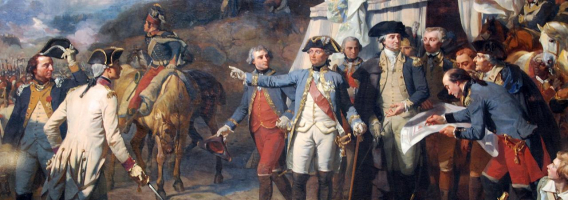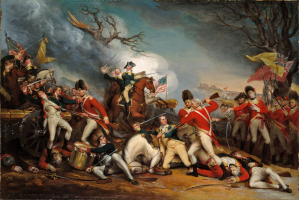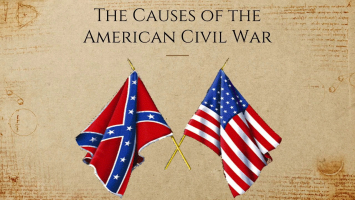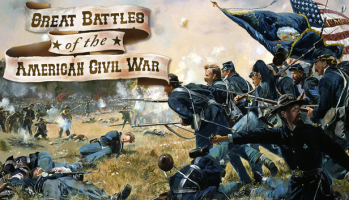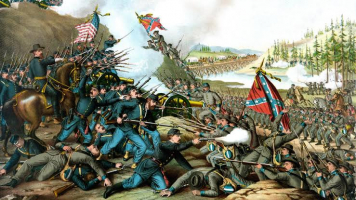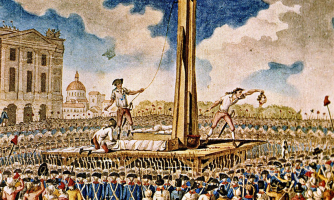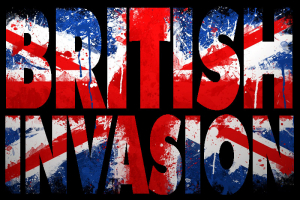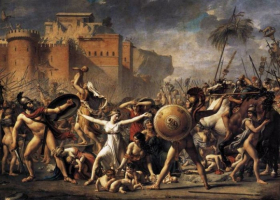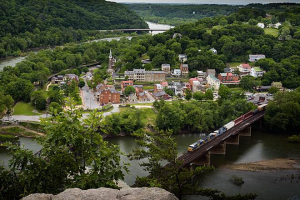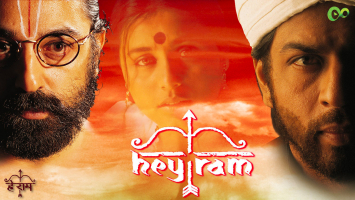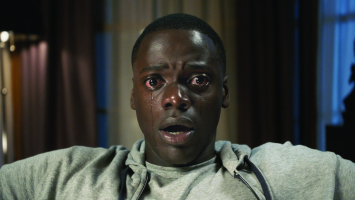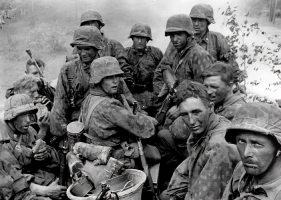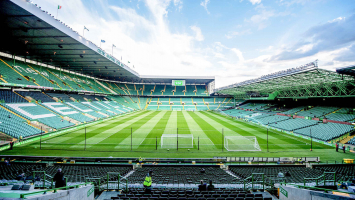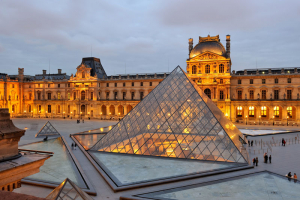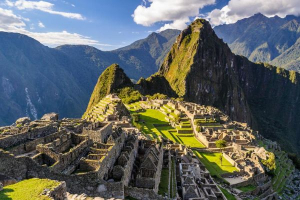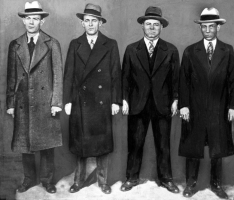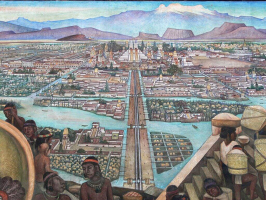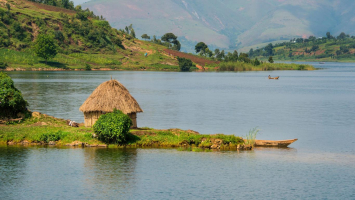Top 8 Biggest Events Of The Second Punic War
Ancient Rome had a history of conflict spanning more than a century with all the tension culminating in a series of three wars between the two states from 264 ... read more...BC to 146 BC. These wars are known as the Punic Wars. The Second Punic War took place from 218 BC to 201 BC and is best remembered for the major battles between the Carthaginians under Hannibal and the Romans under the command of several generals. This list of the biggest events of the Second Punic War will give people insight into the history of Ancient Rome.
-
The Gallic uprisings are one of the biggest events of the Second Punic War. At a time when Hannibal was marching with immeasurable distances with his infantry, cavalry, and war elephants, the Romans were also facing a bitter rebellion among the Gallic tribes, causing Their situation only to get worse. Gallic populations mainly include Boii and Insubres. These two men had previously established diplomatic relations with the Carthaginians. Although these tribes despised the Romans, they were never able to do much because of their limited power.
During the Gallic uprisings, when the Carthaginians began their campaign against ancient Rome, the Gallic tribes were ready to ally themselves against the Romans at the front. They began by capturing the Roman colonies of Placentia and Cremona. Before long, all of northern Italy was declared revolt, with both Gallic and Ligurian armies supporting Hannibal's army by 40,000 men. Gallic uprisings were a series of military campaigns carried out by the Roman Legions under Julius Caesar in Gallia, following the rise of the Gallic tribes. In addition, the Romans attacked both Britannia and Germany, but these expeditions were never completely successful. The Gallic War was decided in the Battle of Alesia in 52 BC, where victory was fixed for Rome.
- Time: 59 – 51 BC
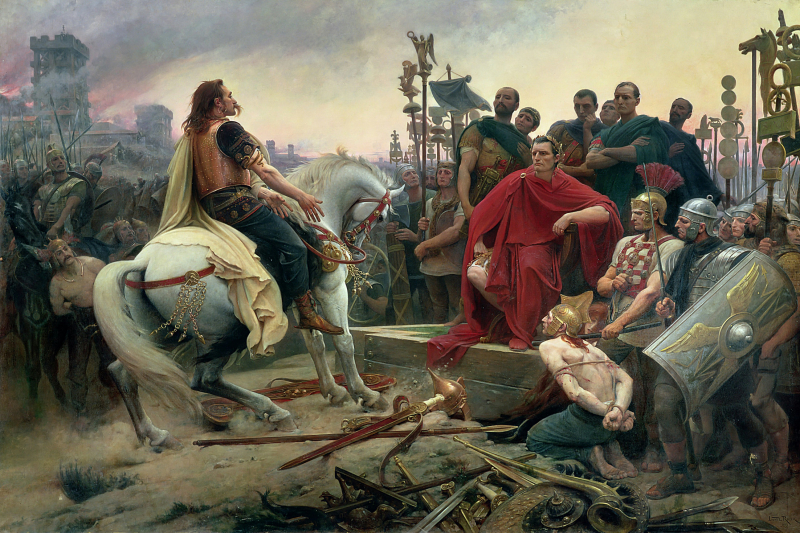
Source: heritage-history.com 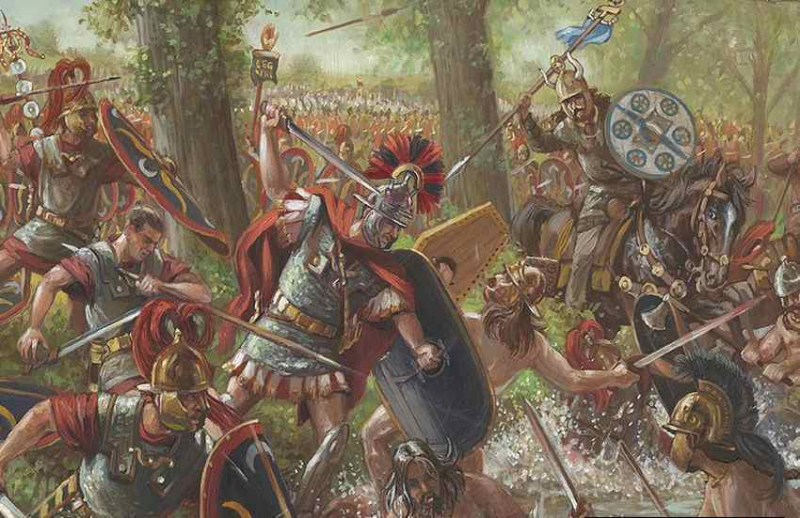
Source: thoughtco.com -
Without a doubt, one of the biggest events of the Second Punic War was when Hannibal's crossing of the Alps caught the Romans off guard. In fact, Hannibal's route across the Alps has been a matter of controversy among historians, many of whom have their own opinions on the matter. Despite that, the march of Hannibal and his army remains legendary to this day. It was one of the most celebrated achievements of any military force in ancient warfare. Hannibal managed to lead his Carthaginian army over the Alps and into Italy to take the war directly to the Roman Republic, bypassing Roman and allied land garrisons and Roman naval dominance.
Hannibal was always well informed about the situation in Rome, provided by the secret information of Gallic agents throughout Rome. He quickly decided the best time to launch a surprise attack and began the march of his army through the Alps, which were sparsely populated at the time. This event became known as Hannibal's crossing of the Alps. From the Siege of Saguntum to the march through the Pyrenees and the Rhone and then to the death-defying ascent and descent in the Alps, Hannibal's crossing was one of the important achievements of the War. Punic for the second time, and is one of the most famous achievements of any military force in ancient warfare.
- Time: 218 BC
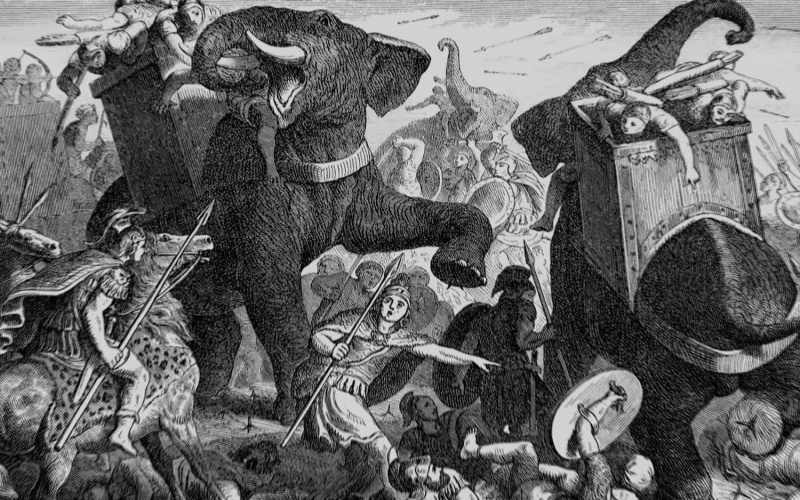
Source: theguardian.com 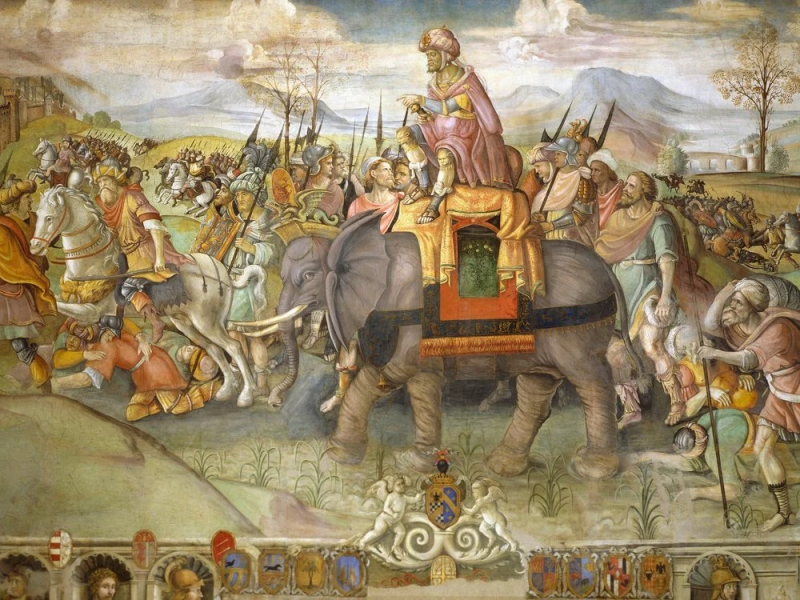
Source: smithsonianmag.com -
Fought in Italy in 218 BC, the battle of Trebia was a major battle between the Carthaginian army led by Hannibal and the Roman army under Sempronius Longus, a battle that cannot be ignored in the biggest events of the Second Punic War. Before that, the Carthaginians had cleverly captured a supply depot to serve as a distraction, luring the Romans into war at Trebia. They were drawn into battle after a grueling journey without food, resulting in most of them being unable to fight well. Sempronius Longus's 40,000 infantry were lined up in thirds with 4,000 cavalries at his side. On the other hand, Hannibal had a combination of African, Celtic, and Spanish infantry, 10,000 cavalries, and his famously effective war elephants at the front.
In the battle of Trebia, Hannibal's Cavalry broke through with a smaller number of enemies and then attacked most of the Romans from the front and sides. To further reinforce the Carthaginian attack, the Romans were also attacked in the rear by a hidden detachment led by Hannibal's younger brother. Overall, the Romans suffered heavy losses as only 20,000 of the 40,000 were able to retreat to safety. It was the first major battle of the Second Punic War, fought between the Carthaginian forces of Hannibal and a Roman army under Sempronius Longus on 22 or 23 December 218 BC.
- Time: 218 BC
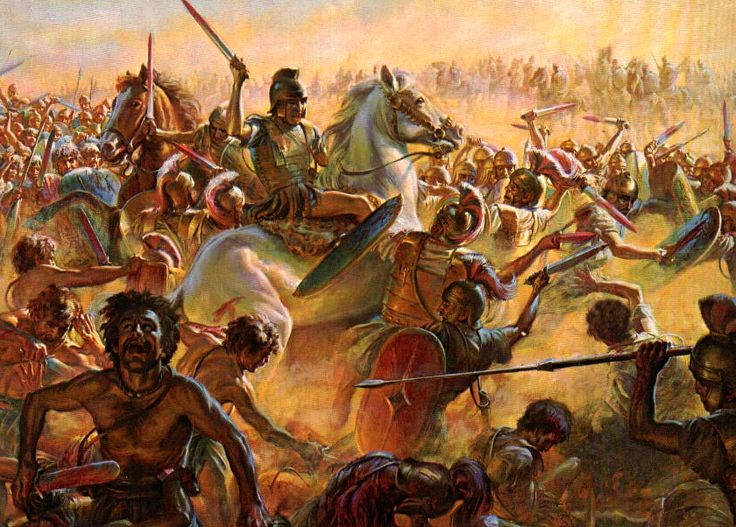
Source: weaponsandwarfare.com 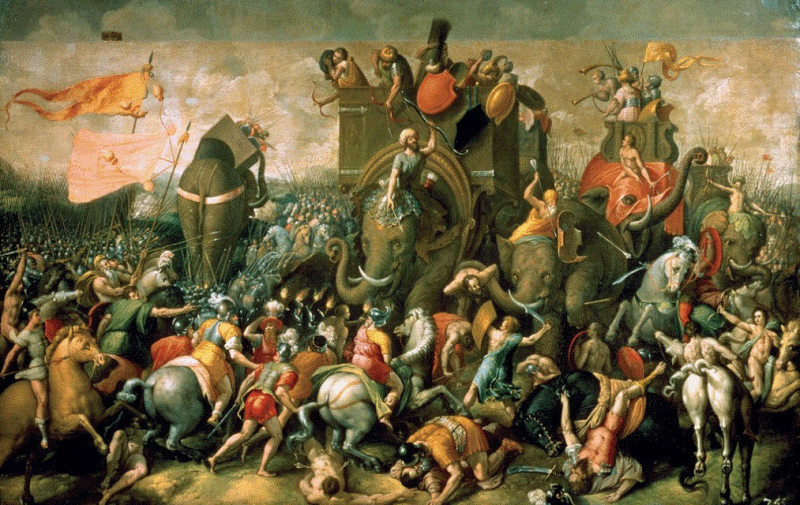
Source: imperiumromanum.pl -
After several failed attempts to lure the Roman army under Flaminius to the battlefield, Hannibal devised a new strategy and had his men march around the enemy's flanks to cut them off from Rome. Later on the shores of lake Trasimene, he prepared himself for an enemy ambush. It was a complete success. The battle, known as the battle of lake Trasimene, saw an effective Carthaginian attack against the Roman consul Flaminius and his army of some 25,000 men between the hills of Cortona and lake Trasimene. This battle deserves to be on the list of the biggest events of the Second Punic War.
The battle of lake Trasimene took place on the north shore of lake Trasimene, to the east of Cortona, and led to a heavy defeat for the Romans. Hannibal dealt a major blow when he annihilated most of the Roman army with minimal losses on his side. The Roman general Flaminius was also killed in battle. Some 6,000 infantry who were able to escape the battlefield were captured by Numidian and forced to surrender. This defeat had a huge psychological effect on the Romans as it caused waves of panic throughout Rome, and they began to doubt the very future of their city.
- Time: 217 BC
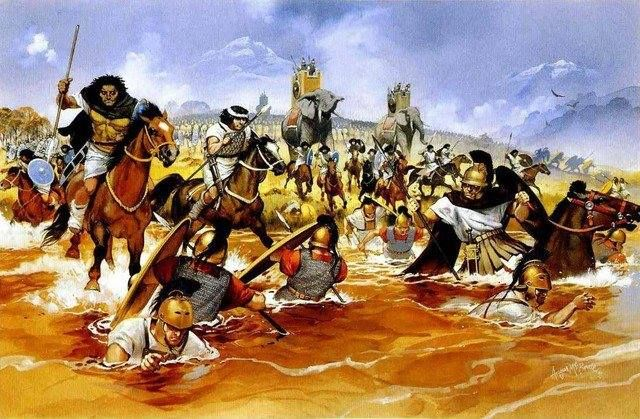
Source: historycollection.com 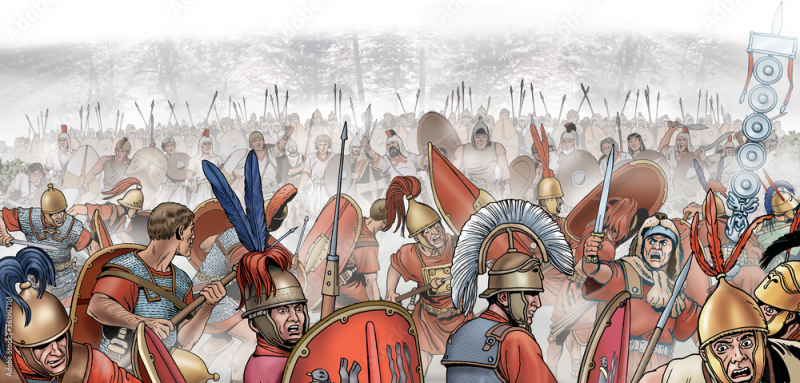
Source: theartofbattle.com -
One of the greatest victories for Hannibal and his allies in the Second Punic War was at the battle of Cannae, on the banks of the Aufidus River in 216 BC. The Roman force was led by the consul Lucius Aemilius Paullus. Allied Punic cavalry attacked the much weaker Roman right flank during the battle and then ran to the rear to attack Rome's Latin allies from the rear, who engaged the Numidian horse cavalry. by Hannibal. It was a key engagement of the Second Punic War between the Roman Republic and Carthage, fought on 2 August 216 BC near the ancient village of Cannae in Apulia, southeast Italy, and known as one of the biggest events of the Second Punic War.
Historians say that by the end of the battle of Cannae, 45,500 Roman infantry along with 2,700 cavalries had died, with additional numbers taken prisoner. This result chilled Rome and its allies with suspicion and raised the confidence of the Carthaginians and other rival tribes. Polybius even notes how much more serious Cannae's defeat was than it can be seen by the behavior of Rome's allies. Before that fateful day, their loyalty remained unshaken, now it began to falter for the simple reason that they were desperate for Roman power.
- Time: 216 BC
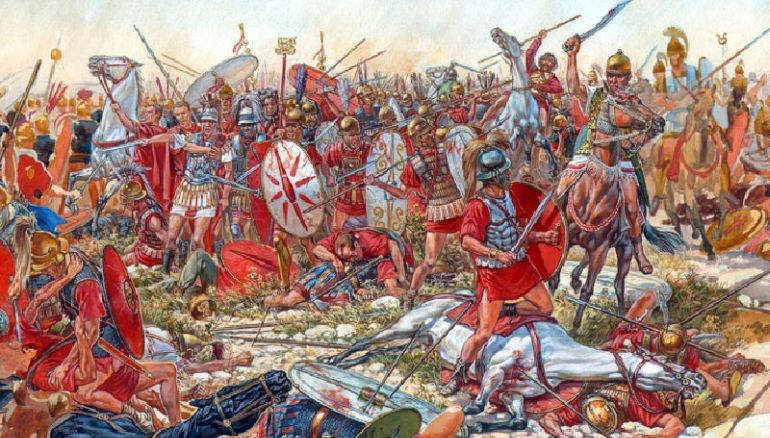
Source: worldhistory.org 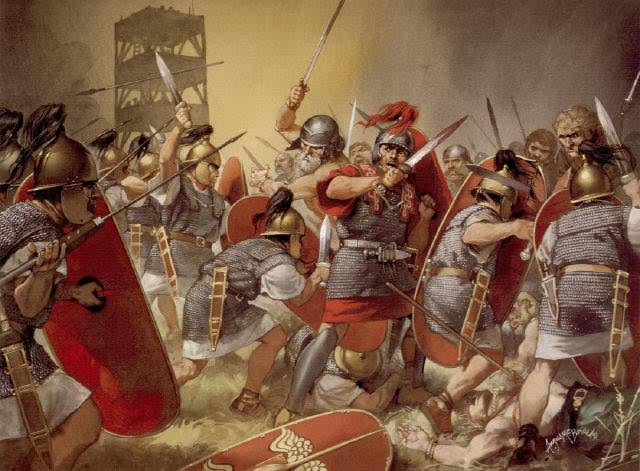
Source: realmofhistory.com -
By 206 BC, the war had reached a decisive moment. The Roman army under Scipio had learned many lessons from Hannibal's tactics and was poised to overtake and defeat the Carthaginians in the final battle. The biggest impetus for the Romans was the support of the Massyli tribe, who initially fought alongside the Carthaginians but sided with the Romans after the battle of Ilipa. Their support in the battle of Zama, one of the biggest events of the Second Punic War, proved much of Rome's success. The battle of Zama was fought in 202 BC near Zama, now in Tunisia, and marked the end of the Second Punic War. A Roman army led by Publius Cornelius Scipio, with crucial support from Numidian leader Masinissa, defeated the Carthaginian army led by Hannibal.
Unlike most battles in the Second Punic War, in the battle of Zama, the Romans fought better with cavalry and the Carthaginians had infantry. The Roman army constituted a superior force in both weaponry and skill when compared to the Carthaginians. Hannibal probably knew this, and he also believed that his men would not be able to penetrate the Roman defenses, so he refused to lead his army into battle. The battle of Zama became the downfall of Hannibal and dealt a decisive blow to the Carthaginian forces.
- Time: 202 BC
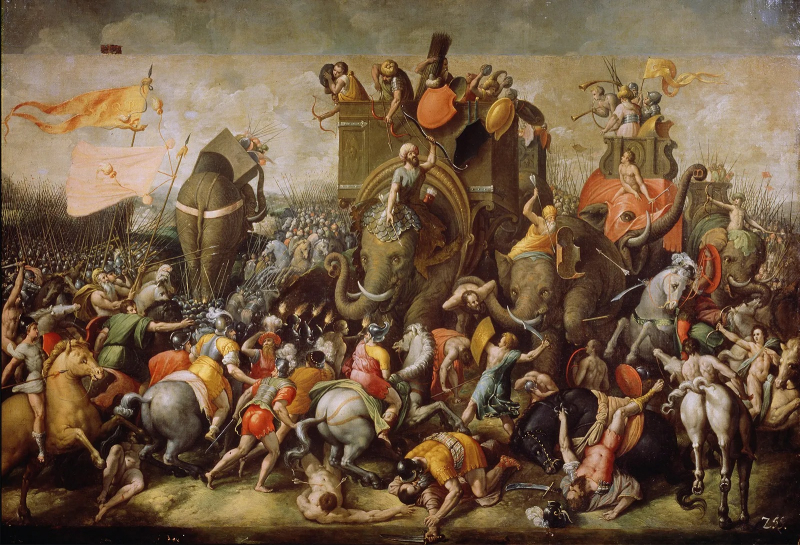
Source: britannica.com 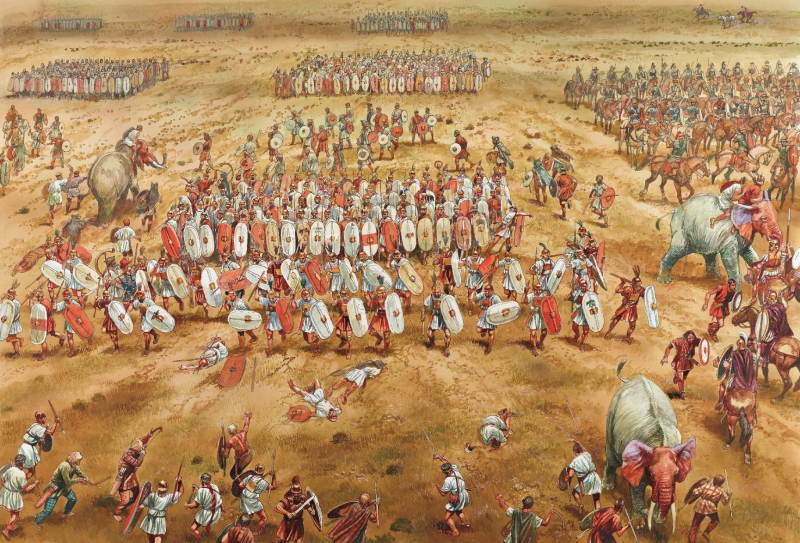
Source: brewminate.com -
The battle of Ilipa is definitely the biggest event of the Second Punic War, it was the victory of the Roman general Publius Cornelius Scipio (later known as Scipio Africanus) over Carthaginian forces in Spain in Second Punic War. The battle signaled the end of Carthaginian power in Spain and marked a turning point in the war against the Carthaginian general Hannibal.
Scipio, who had campaigned in Spain since 210 BCE, met the combined force of Hasdrubal Gisco and Mago, Hannibal's brother near Ilipa. With 45,000 infantry and 3,000 cavalries, he was about 10,000 fewer than the enemy, but the training reforms initiated by Scipio, as well as the strategic acumen informed by years of facing the Carthaginians In the field, most have denied this numerical disadvantage. In the battle of Ilipa, the two armies spent several days of light, indecisive skirmishes, with both forces forming but retreating before full engagement. Once a template was established, Scipio dramatically changed the process. He ordered his troops to be fed and armed before dawn and sent horsemen and chariots (light infantry) to attack Carthaginian outposts at dawn. This forced the Carthaginians to rush to the battlefield without breakfast, a tactic that was used to great effect by Hannibal in the Battle of the Trebbia.
- Time: 206 BC
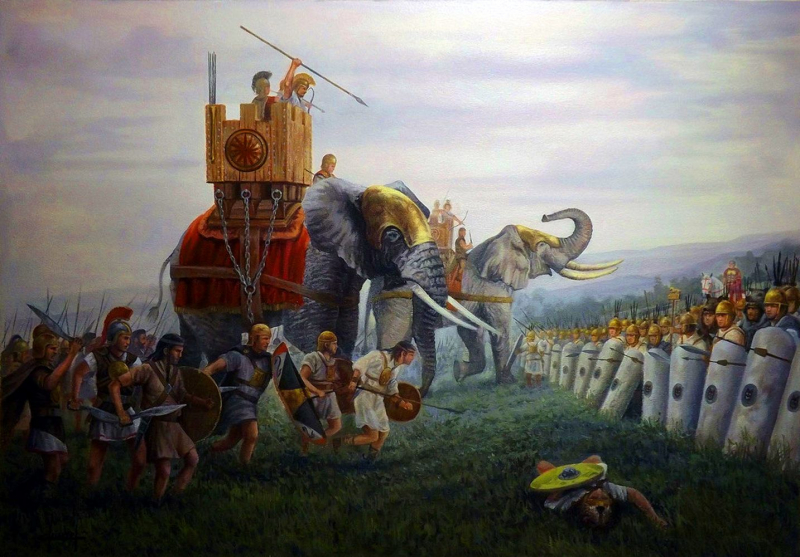
Source: rebellionresearch.com 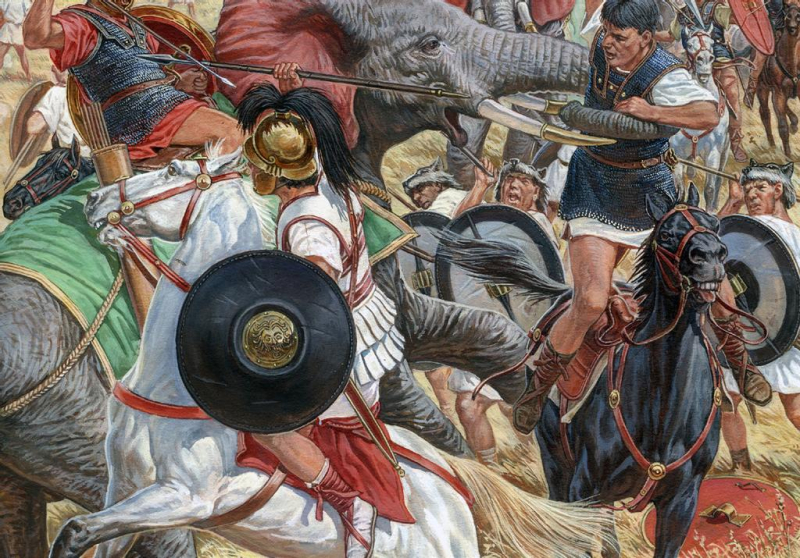
Source: rebellionresearch.com -
In the aftermath, Hispania was now no longer under the Carthaginian rule, and Rome gained control of a large area formerly Carthage, an important milestone on the list of biggest events of the Second Punic War. Furthermore, Rome imposed a number of sanctions on the Carthaginians that prevented them from carrying out any further revolts. They imposed a war reparation on them, limited their navy to 10 ships (ten of which were spared so the Carthaginians could prevent possible pirate attacks), and forbade Carthage to gather assemble any kind of army without Roman permission.
In the aftermath, Carthage ignored these sanctions and raised an army about half a century later, leading to the Third Punic War. But without the strong leadership and resources, they had in the previous war, Carthage could only fight for a mere three years. The Romans completely annihilated them in 146 BC, thus taking another step towards eventual domination of the ancient Mediterranean world.
- Time: 146 BC
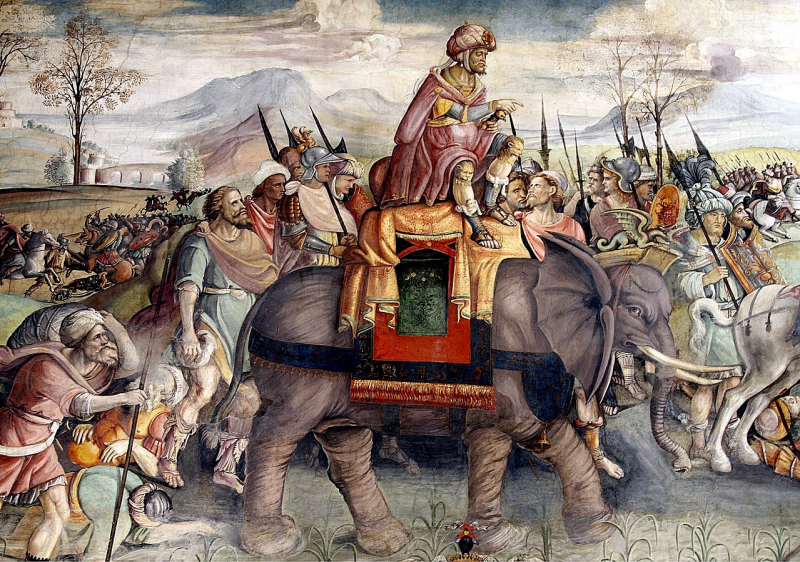
Source: britannica.com 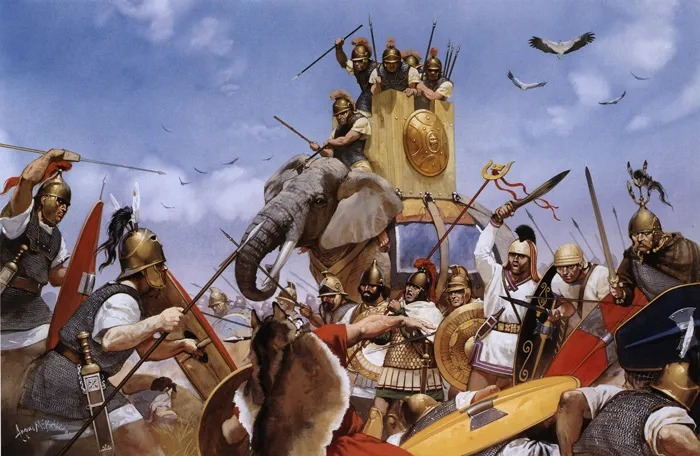
Source: neversuchinnocence.com










